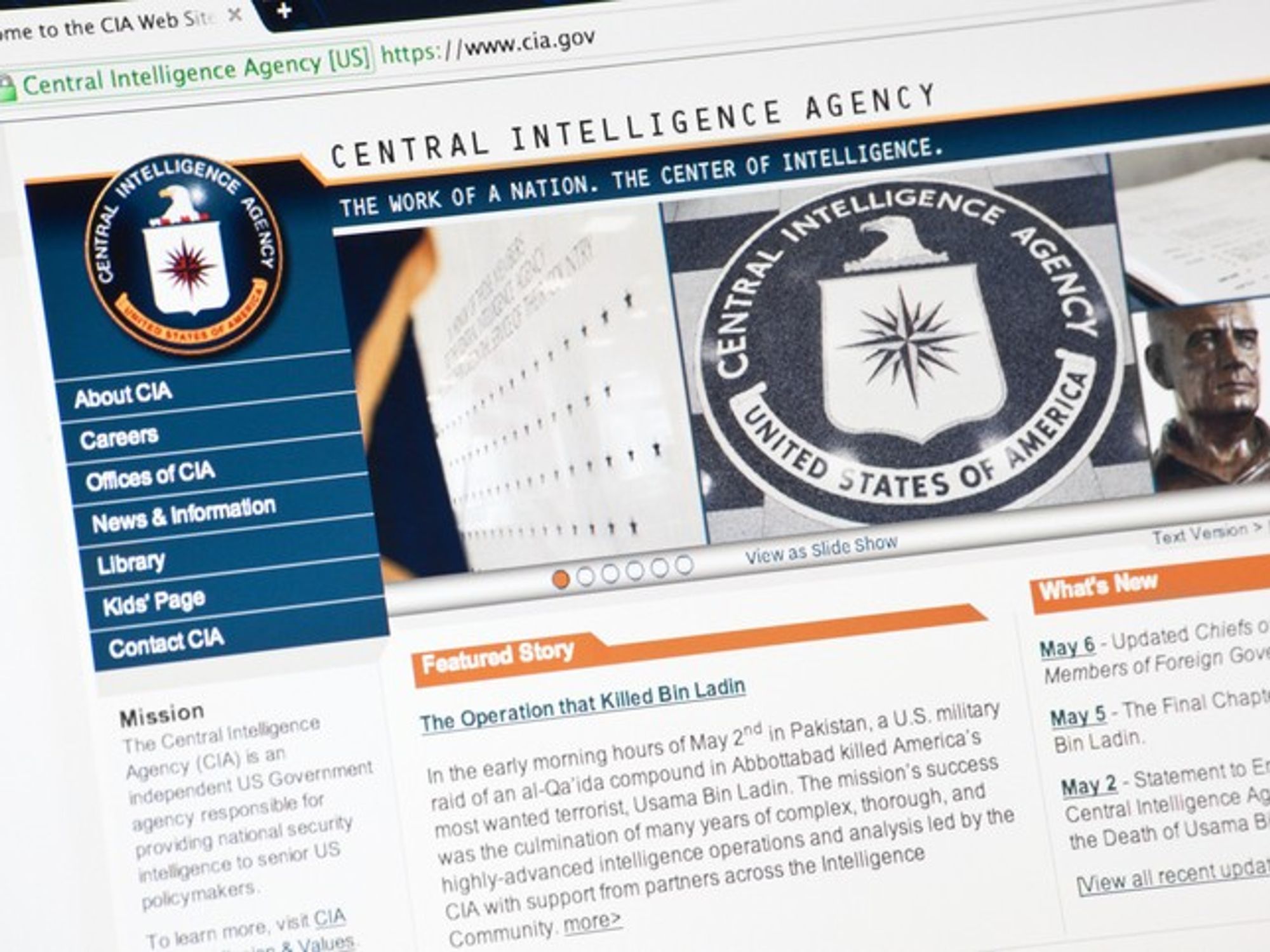
Carmen Medina
Carmen Medina is a former CIA Deputy Director of Intelligence. A 32-year veteran of the Intelligence Community, she is also the author of Rebels at Work: A Handbook for Leading Change from Within.
Carmen Medina is a former CIA Deputy Director of Intelligence. A 32-year veteran of the Intelligence Community, she is also the author of Rebels at Work: A Handbook for Leading Change from Within.
OPINION — One of the most important pieces of advice we offer aspiring Rebels at Work is that they determine early on whether the change they are advocating is theological in nature. By which we mean, are you recommending something that is antithetical to the prevailing orthodoxy of the organization?
In my rebel biography, I began to argue in the mid-1990s that all knowledge organizations would have to change the way they worked because of the internet and digital technologies. The CIA was not particularly receptive to these suggestions because it believed information needed to be closely held and secret if it was to retain its power and utility. (And for the most part the CIA still believes this.) At the time I was puzzled why the CIA status quo was so hostile to the internet; only years later did I realize that the internet's emphasis on openness and transparency was heresy as far as the CIA was concerned. (I know, right, what was I thinking!)
Rebels can save themselves a lot of heartache and headaches (from wall-banging) by first determining exactly how heretical their ideas are. What does the organization truly value? How dangerous are my proposals to those values? In a best-case scenario, Rebels at Work will be able to position their idea in some way consistent with their organization's values. This may require some tactical compromise but generally it's worth it. A small bit of early momentum is more likely to generate meaningful results than principled obstinacy.
But some organizational values are harder to identify, let alone accommodate, than others. Some companies and government agencies exhibit such strong cultural and anthropological bonds that they resemble tribes, groups with strong kinship ties that are usually familial in nature. In such organizations, values and norms are so inherent to the beast that they are often difficult to parse; things are the way they are not because of any explicit decisions but because the shape and rules of the organization naturally evolved to fit the tribe.
A classic example of a tribal organization is the military. Until recently, military service was the exclusive domain of men, and certain disciplines in the military, such as pilots, still have unique traditions. And so military requirements were designed around the male animal. One example. Why do only 9% of women in the Air Force qualify to be pilots of advanced fighter aircraft? Because the cockpits were designed around the physical characteristics of men. Only unusually tall women could meet that standard. It never occurred to designers that individuals outside the male tribe would eventually make good pilots.
The Cipher Brief hosts private briefings with the world’s most experienced national and global security experts. Become a member today.








